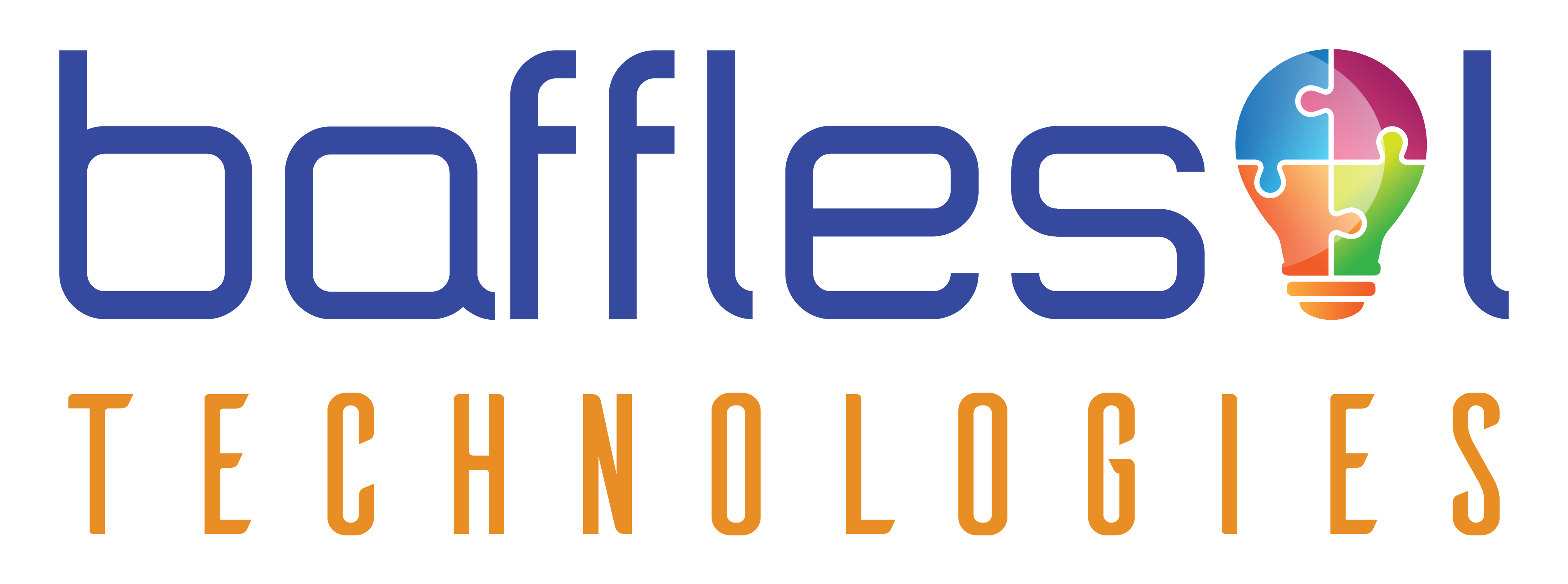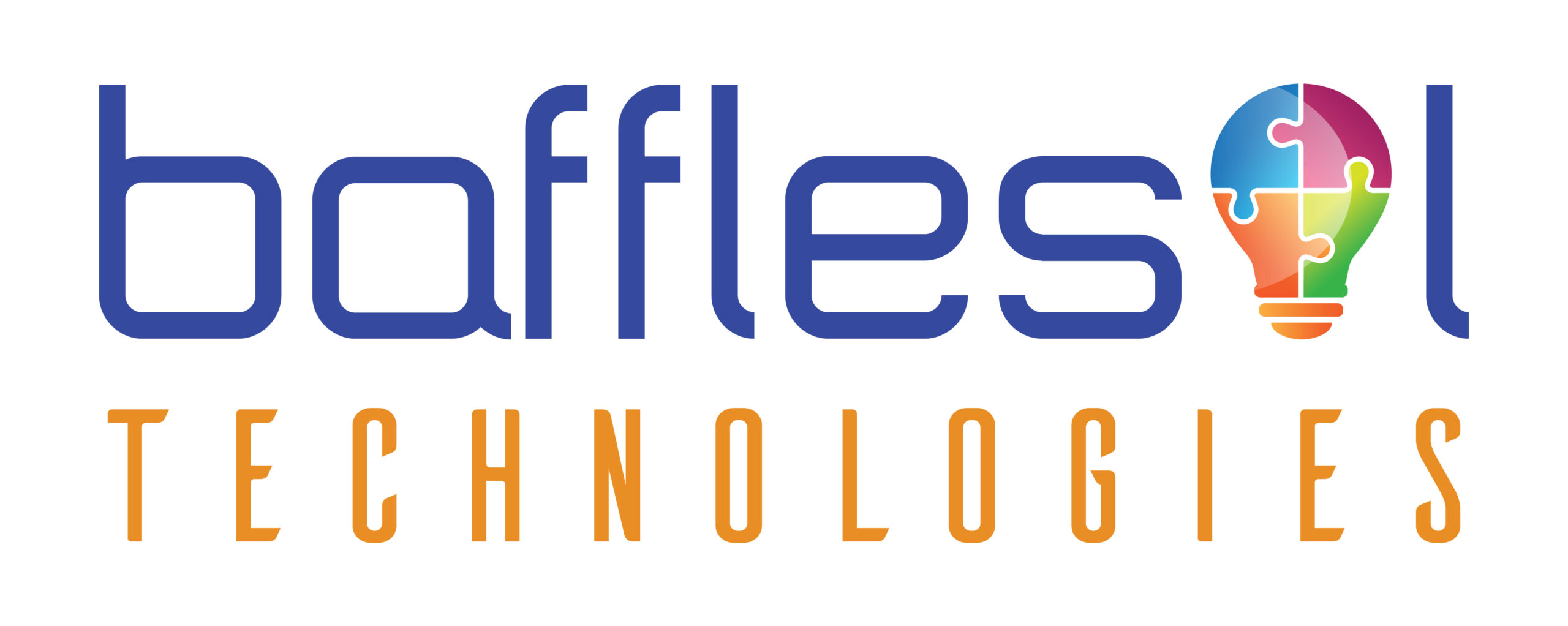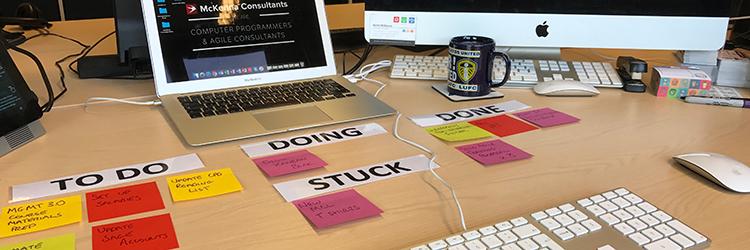What is Kanban? Kanban is a popular framework used to implement agile software development. It requires transparency of work. Work items are represented visually on a kanban board, allowing team members to see the state of every piece of work at any time.
Core Principles of Kanban
Visualize Workflow: Display of work on Visual Board, can help understand the flow of work moving through your system. Making the work visible—along with blockers, bottlenecks and queues—instantly leads to increased communication and collaboration. Please note Kanban doesn’t proscribe a workflow; it only requires that it be displayed in a visual manner. To begin a Kanban implementation, it is important to visually map the process as it currently exists. Limit WIP: The goal of Kanban is to move every bit of work efficiently from beginning to end with as little waste and lag as possible. This requires limiting the amount of work in the pipeline that can be managed at a given time. Kanban approach moves work from one stage to the next only when it is pulled through by “customer” demand.Work is never pushed forward, so bottlenecks are avoided. By limiting how much unfinished work is in process, you can also reduce the time it takes to travel through the Kanban system. Focus on Flow: Kanban enhances flow, when something is finished, the next highest thing from the backlog is pulled into play. Kanban highlights work in each stage in the system and gives the status of work. Basis how well workflow is defined and structured, it smoothens the flow and highlights it visually when work gets piled up. Key concept is observing flow of work visually and identification of bottlenecks and working as team to resolve them. As you improve as team, work becomes smoother and predictable. At end it is all about how well it traverses from start to end. Continuous Improvement: Once Kanban is in place, continuous improvement becomes inevitable. Team starts to observe and starts focusing on improvements on their own. They start proposing changes basis outcome received. This evolutionary approach leads to either no or less resistance.
Get Started with Kanban
Best way to get started with Kanban is to “Start with what you have”. This includes understanding your system and current processes. Your complete process is a point where you get request from your customer to point where customer request is fulfilled. Once you know this, start visualizing this on board. Each step on board becomes a stage on board. To begin with you might want to keep it simple, and as team starts using it, becomes used it, continuous improvement will become part of it. Your Kanban board will be and should be changing quite a lot at the beginning and once you have been using it for a while will become more constant. Don’t add WIP Limits immediately, use this form of proto Kanban for few days till you get accustomed and start noticing flow and till you are ready to pull new improvement in system as team. As mentioned earlier, WIP limit is number assigned to each column on how many tasks can be added to it, and no more work shall be picked post that. Limiting WIP, ensures, team members finishes it before he picks new one, ensuring quality and completion. Because actual value of a system is only driven by quality work delivered. After every new setup on board, continue to retrospect and optimize the board. This improvement can be easily identified during stand-up meetings, and daily execution of board. Though every step of board setup is iterative but next step for board completion is setting up reports to track, gauge and define success factors. These reports help identify number of tasks delivered in given time and with what efficiency. Follow the reports daily and review them with your team during the daily meetings. The reports and feedback from the team will give you great insight on how your process can be improved. Few report types are – Cumulative Flow Diagram, Cycle Time and Lead Time.
Final Thoughts
Remember setting up Kanban is a never-ending process, it promotes waste removal and continuous improvement of teams and their performance. You can never implement, Kanban by copy pasting another board. It’s a journey, which every team should follow. Setup principles and practices. You can also define this principles and policies for each column on board, which can act as checklist for quality-oriented task completion. Also remember to make these policies explicit so as everyone in system is aware and understands each column on board.Focus on removing waste and becoming better as you move ahead.



